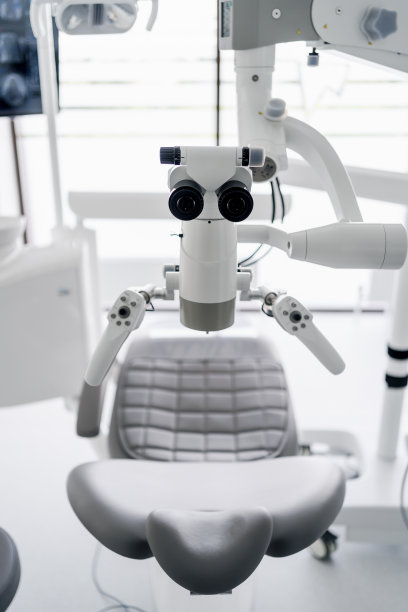The Essential Guide to Extract a Tooth with Tips for a Smooth Recovery and Aftercare
Summary: Extracting a tooth can be an intimidating experience, but understanding the process can make it more manageable. This article serves as a comprehensive guide to tooth extraction, detailing important pre-procedure preparations, the extraction process itself, and crucial recovery tips. Additionally, we cover aftercare practices to promote healing and minimize complications. Whether youre facing a simple extraction or a more complex case, this guide provides insights and advice to ensure a smooth experience and effective recovery. By following these recommendations, you can alleviate anxiety and foster a speedy return to a healthy smile.
1. Pre-Procedure Preparations You Should Make

Preparing for a tooth extraction begins with a thorough consultation with your dentist or oral surgeon. During this appointment, discuss your health history, current medications, and any ongoing dental issues. Full disclosure will help the professional determine the most appropriate sedation and anesthesia options for your procedure.
Another vital aspect of preparation is to arrange for transportation. Depending on the type of anesthesia used, you may feel disoriented after the extraction, making it essential to have a friend or family member accompany you back home. This safety measure not only ensures your well-being but also allows you to focus on your recovery.
Finally, consider eliminating any potential stressors in your day-to-day life. Arrange for time off work or help with household responsibilities post-extraction. This foresight will help you relax and concentrate on resting and recuperating.
2. Understanding the Tooth Extraction Process
The actual tooth extraction process varies based on the tooth’s condition and its location in your mouth. For a straightforward extraction, local anesthesia is typically used to numb the area, allowing the dentist to gently loosen the tooth and remove it with minimal discomfort. Complex extractions, such as those that involve wisdom teeth, may necessitate sedation or general anesthesia.
During the procedure, its crucial to remain calm and communicate openly with your dentist. Breathing techniques and relaxation methods can help if you experience anxiety. Your dentist will provide guidance throughout the process to make you feel at ease.
After the removal, your dentist will provide you with specific aftercare instructions, including what to expect regarding pain and bleeding. This information is essential to ensure proper healing and should not be overlooked.
3. Tips for a Smooth Recovery After Extraction
Post-extraction care is vital for minimizing pain and enhancing healing. Initially, it is essential to bite down on a gauze pad for about 30 to 45 minutes to help control bleeding and promote the formation of a blood clot in the socket. Avoid aggressive rinsing or sucking actions, as these may dislodge the clot and lead to complications.
Following the initial recovery period, managing pain effectively is crucial. Your dentist may prescribe pain medication or recommend over-the-counter alternatives. Taking these medications as directed after the procedure will help you remain comfortable during your recovery.
Additionally, sticking to a soft-food diet for the first few days post-extraction can prevent irritation and allow the surgical site to heal. Foods like yogurt, mashed potatoes, and smoothies are easy on your mouth and nutritious for your body during this delicate time.
4. Essential Aftercare Practices You Must Follow
Continuing with proper aftercare practices is essential for ensuring a smooth recovery. Maintaining oral hygiene will be challenging, especially near the extraction site, but gently rinsing with warm salt water several times a day can help keep the area clean without causing irritation.
Avoiding certain activities is equally important. For the first 48 hours post-extraction, refrain from exercise, as increased blood flow and heart rate can lead to increased bleeding. Similarly, avoid alcohol and smoking, both of which can disrupt the healing process and exacerbate discomfort.
Finally, monitor the extraction site for any signs of infection, such as excessive swelling, persistent pain, or discharge. If any concerning symptoms occur, don’t hesitate to contact your dentist for further evaluation. Early intervention is key to addressing potential complications.
Summary:
In summary, understanding the essential steps leading to and following a tooth extraction can dramatically reduce anxiety and improve your recovery experience. From pre-procedure preparations to post-operative care, every stage is critical for healing and comfort. By adhering to these guidelines, you will foster a smooth recovery and safeguard your oral health.
This article is compiled by Vickong Dental and the content is for reference only



